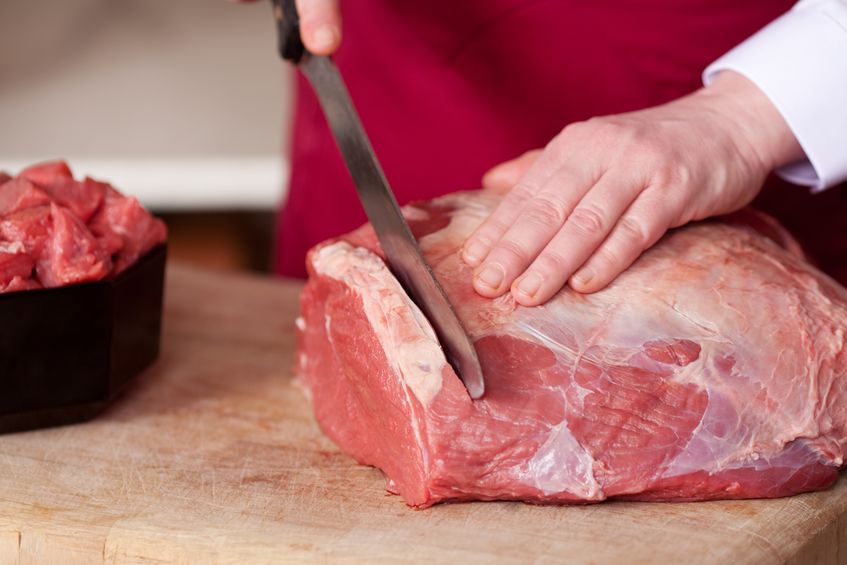
Overall sales of red meat and dairy in the UK increased in January compared to the same month last year, new retail figures show.
Latest Kantar data shows overall volume sales of red meat were up 15 percent and almost 12 percent for dairy, compared with January 2020.
Red meat and dairy retail sales have seen solid growth since Covid-19 restrictions began last March, with shoppers buying more through retail than pre-Covid.
Over the last quarter, growth across all red meat and dairy has been stronger than overall grocery growth at 10 percent.
Primary red meat volume has seen an 18% increase, with mince driving much of the growth within beef, along with burgers and steaks, but shoppers have also brought traditional roasting joints back to the table.
The seasonal lockdown has also led to more shoppers buying primary red meat, with increased household penetration at 83 percent, Kantar figures show.
Dairy has also seen significant growth, with fresh cream leading the way with a 21 percent uplift in volume sales in the last quarter.
However it’s the humble staple of milk that has driven over 70 percent of the growth in dairy, with shoppers buying five litres more this quarter than pre-Covid.
Exploration of different cheeses appears to be one trend coming out of the national lockdown, with growth across British regional, speciality and continental varieties.
Strong growth has also been seen across meat-free and dairy alternatives, although figures show that most shoppers who buy alternatives continue to buy meat and dairy.
Rebecca Miah, AHDB’s Strategy Director for beef and lamb, said the red meat and dairy sectors had an excellent start to the New Year.
"[They] reflect how highly valued red meat and dairy are to consumers," she explained.
"While alternatives show growth from a small base, these are mostly complimentary additional purchases driven by interest and variety, rather than a move away from real meat and dairy consumption. "
